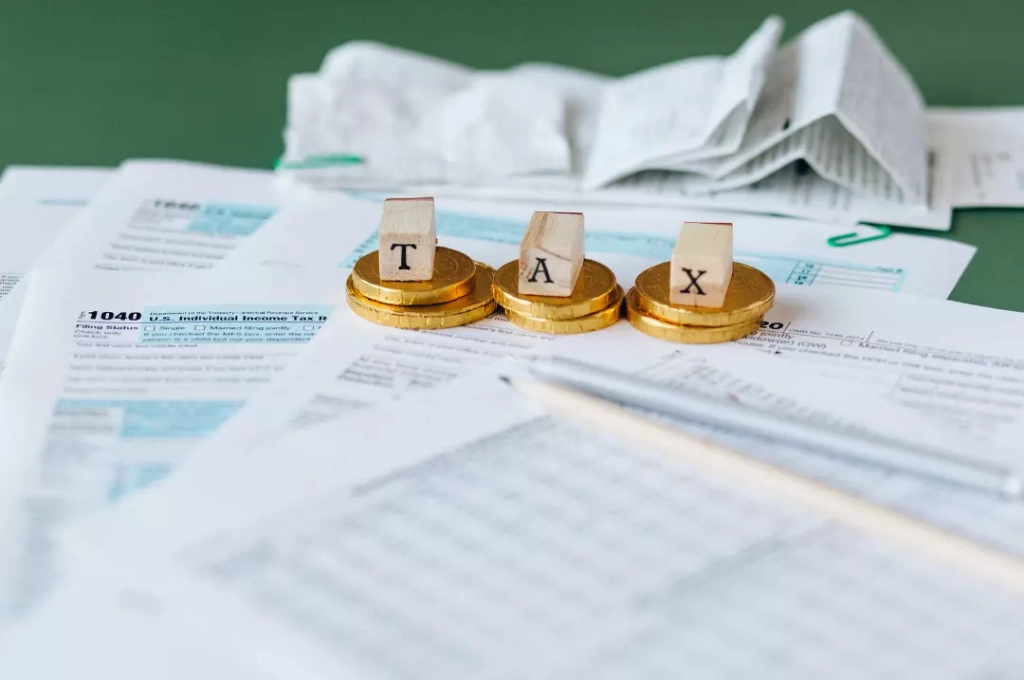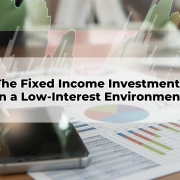What is the re-contribution strategy for super?
Table of Contents
ToggleAre you considering your retirement options? Understanding the superannuation system can be complex, but it’s essential in order to make the most of your savings.
One key factor when developing a future-proof retirement plan is understanding what the re-contribution strategy for super in Australia is and how it fits into the planning process.
In this blog post, we’ll answer all of your questions on this important topic so that you can get started on making an informed decision about your financial future. Keep reading to find out more!
What is the re-contribution strategies for super funds
For many Australians, superannuation is an essential part of planning for retirement. However, not everyone understands the intricacies of re-contribution when it comes to their super funds.
In a nutshell, a re-contribution strategy involves withdrawing super payments and then contributing them back into the fund as after-tax contributions. This can have significant tax benefits for non dependent superannuation beneficiaries.
However, it’s important to understand the rules and limitations around this strategy before jumping in.
With a little bit of education and guidance, re-contribution strategies can be a useful tool in managing your superannuation.
Pros and cons of re-contribution strategies
Re-contribution strategies have become increasingly popular in Australia for those who wish to maximise their retirement savings.
One of the main advantages of re-contribution is that it allows individuals to potentially reduce taxes on their superannuation benefits. By withdrawing from their existing super account and then re-contributing the funds as non-concessional contributions, they may be able to increase the tax-free component of their retirement income.
However, there are also several potential disadvantages to consider. For one, re-contribution can be complex and require careful planning to ensure they are executed correctly. Additionally, re-contributing funds may reset the tax clock, potentially increasing the taxes paid on future contributions and earnings.
Overall, while re-contribution can offer significant benefits, it is important to fully consider their potential drawbacks before deciding if they are right for you.

What are the eligibility requirements to use a re-contribution strategy?
The re-contribution strategy is a popular option for those who want to structure their estate plan while reducing their estate tax in Australia. To use this strategy, one needs to meet the eligibility requirements.
- The person must be under 75 years old to contribute to their superannuation using non-concessional contributions.
- There should be at least one existing accumulation account in an approved Depository, Retirement Savings Account, or Self-Managed Super Fund.
- The total balance of the account being re-contribution must not exceed $1.7 million, which is known as the transfer balance cap.
By taking advantage of the re-contribution strategy, retirees can efficiently transfer their wealth to their beneficiaries without worrying about hefty taxes.
Exploring the tax implications of using re-contribution strategies
Tax implications are a significant consideration for anyone exploring re-contribution in Australia. These strategies involve withdrawing and then re-contributing funds from a superannuation account, with the aim of maximising tax benefits for retirement planning.
However, there are several complexities and risks to be aware of. It’s essential to understand the potential tax implications of any withdrawal or contribution, including any impacts on eligibility for government benefits, such as the Age Pension.
Seeking advice from a qualified financial planner or tax professional can help navigate the intricacies of re-contribution, and ensure you’re making the most of your retirement planning opportunities.

Steps for implementing a re-contribution strategy
Re-contribution is an effective way to manage superannuation funds in Australia. By simply withdrawing funds from your super account and then contributing them back in as non-concessional (tax-free) contributions, you can optimise your superannuation portfolio and reduce your tax liabilities.
The steps in implementing a re-contribution strategy are as follows:
- Understand the tax implications of super withdrawals and contributions. It’s important to consult with a professional financial advisor to make sure you understand the rules and regulations involved.
- You need to decide on the amount and timing of your withdrawals and contributions, as well as the investment strategies to be implemented.
- Monitor and review your super account regularly to ensure that the strategy is working as planned.
With these steps in place, you can effectively manage your superannuation funds and boost your retirement savings.
Best practices for re-contributing to super funds
When it comes to re-contributing to super funds, there are a few best practices to keep in mind.
- Assess your financial situation and goals before making any big decisions. It may be worth seeking professional advice to help you make the most informed decisions.
- You should be aware of the contribution caps and rules in place, as exceeding these limits can result in tax penalties.
- Regularly review your contributions and adjust accordingly to ensure you’re on track to meet your retirement goals.

Re-contributing to your super fund can be a wise financial move, but doing so with the right strategy in mind can help maximise its benefits.
The use of re-contribution for super funds can be a beneficial way to optimise retirement savings and estate planning. It is important, however, to be aware of the pros and cons before deciding to implement such a strategy.
Be sure to look into which eligibility requirements and tax implications may apply. Following the steps outlined in this article, along with best practices for re-contributing to super funds in Australia can help make sure you’re making smart decisions when contributing to your pension funds.
Ultimately, the use of re-contribution has many benefits and it is highly worth investigating further to really reap those rewards.









